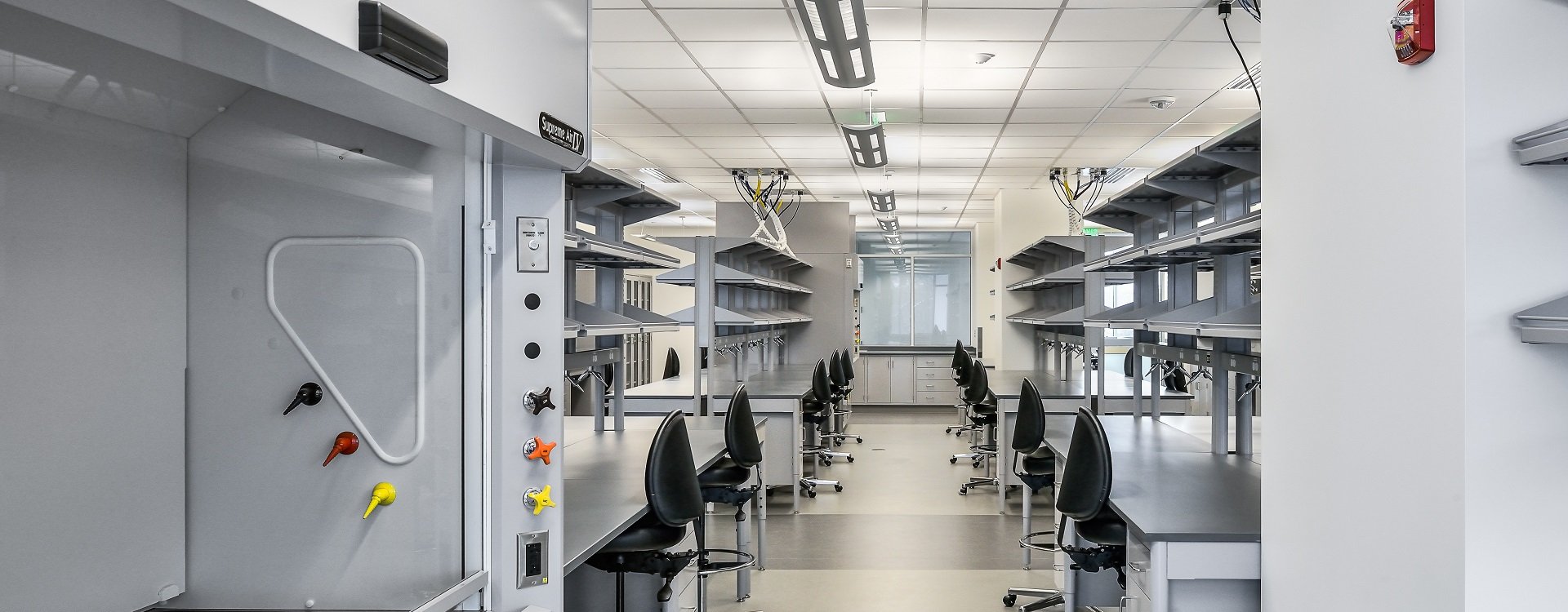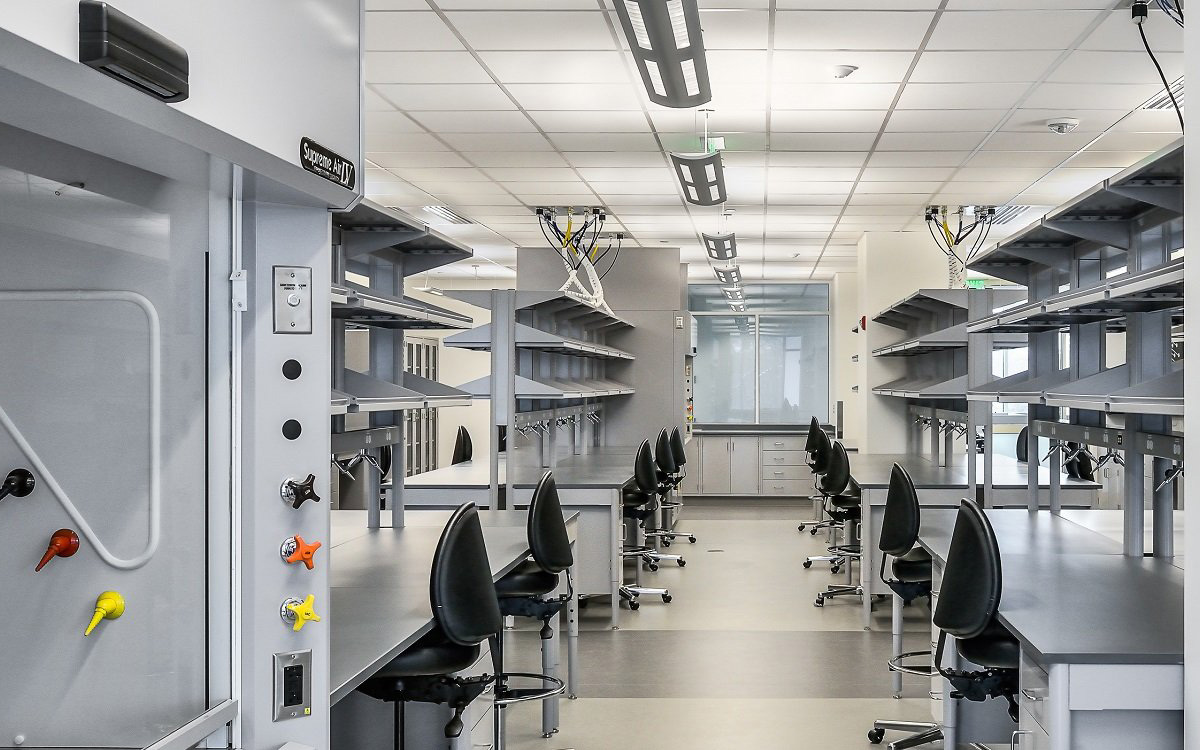What is ASHRAE 110-2016?
Date: 2022-01-19 Source: RUANQI Classification: Resources
[by Allison schach, dealer marketing specialist]
Ashrae110 standard has been changed for the first time in the last 20 years. To better understand standards and why they are important, you must first understand what ASHRAE is.
ASHRAE, the American Society of HVAC, refrigeration and air conditioning engineers, describes itself as "a global association dedicated to promoting human well-being through sustainable technologies for the built environment." Including building systems, energy efficiency, indoor air quality and sustainability, HVAC systems ranging from residential and personal vehicles to commercial aircraft, and of course all systems in scientific laboratories. Its history can be traced back to 1894, making it one of the primary sources of standards, operation practice, research and other fields in the industry.
One of the main purposes of ASHRAE is to create and publish standards for testing and performance related to indoor environment design and maintenance. These standards create minimum limits on the acceptable performance of various ventilation related products.
ASHRAE 110 procedure
ASHRAE standard 110, or ASHRAE 110 for short, explains a method for testing the performance of laboratory fume hoods. Basically, it outlines the quantitative test procedures used to determine the operating capacity of the fume hood, such as containing and discharging smoke. However, ASHRAE performance testing is not directly related to the safety of fume hood operators. This is due to a large number of variables in the fume hood environment (e.g. cross airflow, fume hood location or temperature), fume hood use, and materials in the fume hood.
Since its establishment in 1985, ASHRAE 110 has become the standard for testing the tightness of fume hoods. It is not only used by manufacturers in development and design, but also as an informal standard for many laboratories to purchase fume hoods, and as a performance method for the evaluation and certification of fume hoods being installed. It can even be used as a diagnostic tool to identify problems in the installation of existing fume hoods / HVAC systems.
The standard has three key tests: surface wind speed measurement, smoke visualization and tracer gas tightness test.
Surface wind speed measurement requires multiple point readings to determine the average surface wind speed that can be maintained by the fume hood. It also includes the measurement of cross airflow around the fume hood and the calibration of the airflow monitor.
Smoke visualization tests include small smoke and large smoke tests to clearly see how the air moves and is controlled in the fume hood. In addition to the airflow pattern, the smoke test also shows turbulence in the front of the fume hood caused by the indoor environment. It can also show that in case of leakage, pollutants overflow from the fume hood and reach the operator at various sliding door heights.
The tracer gas tightness test determines the exposure level based on how much contaminated gas can escape from the fume hood and reach the breathing area of the operator. This process involves three "static" tests, sliding door movement effect measurement test and peripheral scanning. The latter two are optional.
Static placement is the three set positions of the ejector, located directly in the center of the working surface and 12 inches from each side towards the center of the fume hood. Sulfur hexafluoride (SF6) gas is put into the fume hood through the ejector, and then the gas analyzer is placed on the face of the manikin with the average height of the operator, which is called the "breathing area". The amount of SF6 is measured at five minute intervals to determine the average escape concentration. All three tests were completed. Each lasts for five minutes and releases 4 liters of SF6 per minute. ASHRAE recommends measuring the concentration to 0.01 parts per million (PPM).
The use of SF6 is very important because of its uniqueness. Since it is not common in the laboratory, it is unlikely that the analyzer will detect it from the environment. In addition, it is five times heavier than air, so it is very clear that it is the gas from the fume hood during the test. It is stable, so you can run the same test multiple times to get the same reliable results. These unique attributes help to avoid false readings during testing.
ASHRAE 110 test
There are three test types, such as manufacturing (AM), installation (AI) and use (AU). Am is carried out immediately after the manufacture of fume hood. It is usually completed in the test laboratory to remove environmental factors as much as possible. Once the fume hood is installed in the laboratory, AI testing is performed before anything is placed inside. This can reveal problems related to the installation mode of fume hood, room operation / location and other room environmental factors. Finally, the Au test was carried out in the laboratory using the materials (beakers, equipment, etc.) in the fume hood. The test considers the room environment and users, and can determine whether there is a problem in its operation mode by comparing the test results with the AI results.
The objective of ASHRAE is to make health and safety officials, laboratory managers and laboratory technicians aware of the operation and safety of fume hoods. However, ASHRAE will not make recommendations on test results. Each laboratory has set its own acceptable level for test results. In addition, some organizations, such as the scientific equipment and Furniture Association (Sefa), provide ratings of acceptable concentration levels for each test. For example, Sefa requires that the average seal loss of the fume hood is 0.05 ppm or less when using 4 L / min tracer gas in the AM test, and the average seal loss of AI and Au tests is 0.10 ppm or less, in order to obtain the low wind speed / high-performance fume hood specified by Sefa.
ASHRAE 110-2016
The updated ASHRAE 110 was approved in April 2016, replacing the previous 1995 edition. The latest version includes changes to manikin height and data collection. The test procedure itself was modified based on the experience of the Committee and clarified the statements of the 1995 edition, such as the height of the respiratory zone.
Kevin Gilkison, vice president of sales engineering at labconco, is one of the co authors of the standard. He explained the main changes in this update.
The position of the breathing area is lowered from the working surface to 22 inches. This is based on research showing that the average height of fume hood operators has decreased over the past decade. Gilkison's sharing of this change is particularly important because it can create more accurate tests, so it can bring a safer working environment for operators.
Another key part of this update is that it requires digital data collection during testing rather than manual data collection, which was previously recommended but not required. According to Gilkison, this reduces the possibility of human error in recording these data. The information section of the appendix has also been significantly extended, including the expansion of Appendix A and the new non mandatory Appendix B, which provides guidance on improving the performance of fume hoods.




